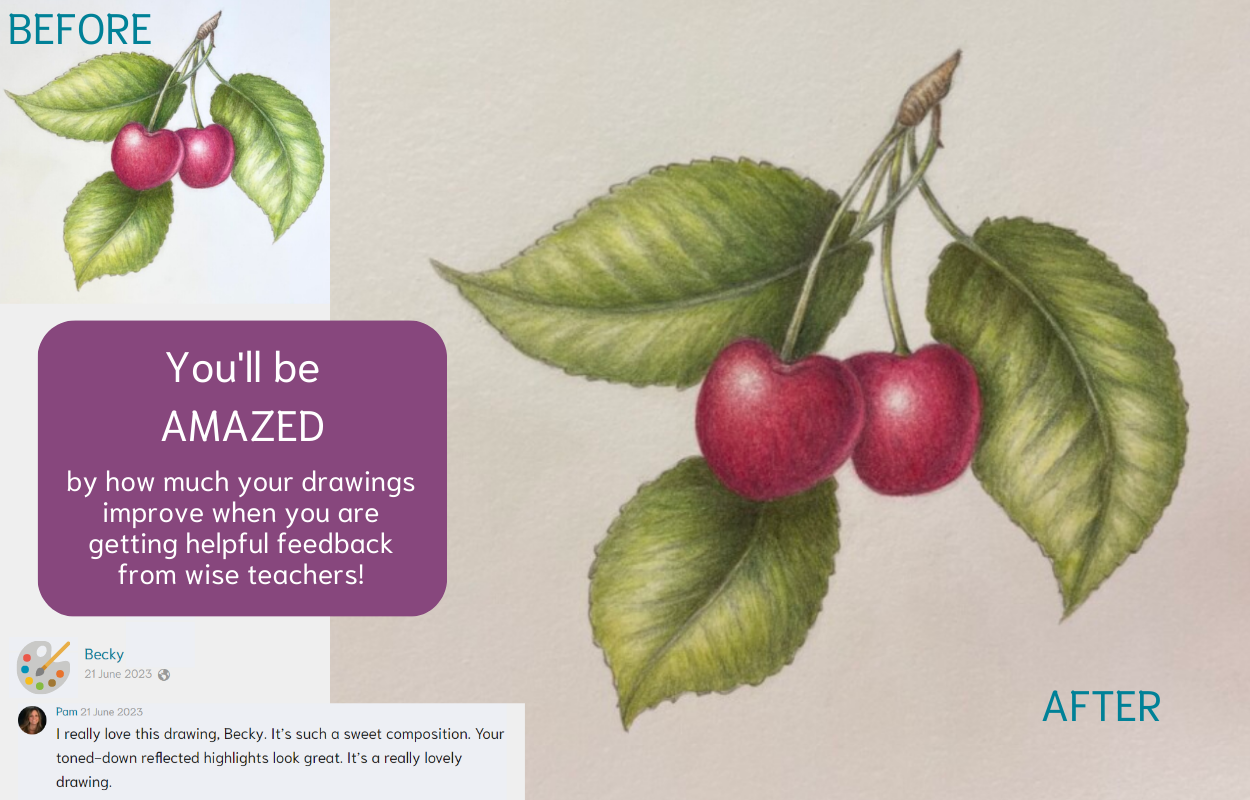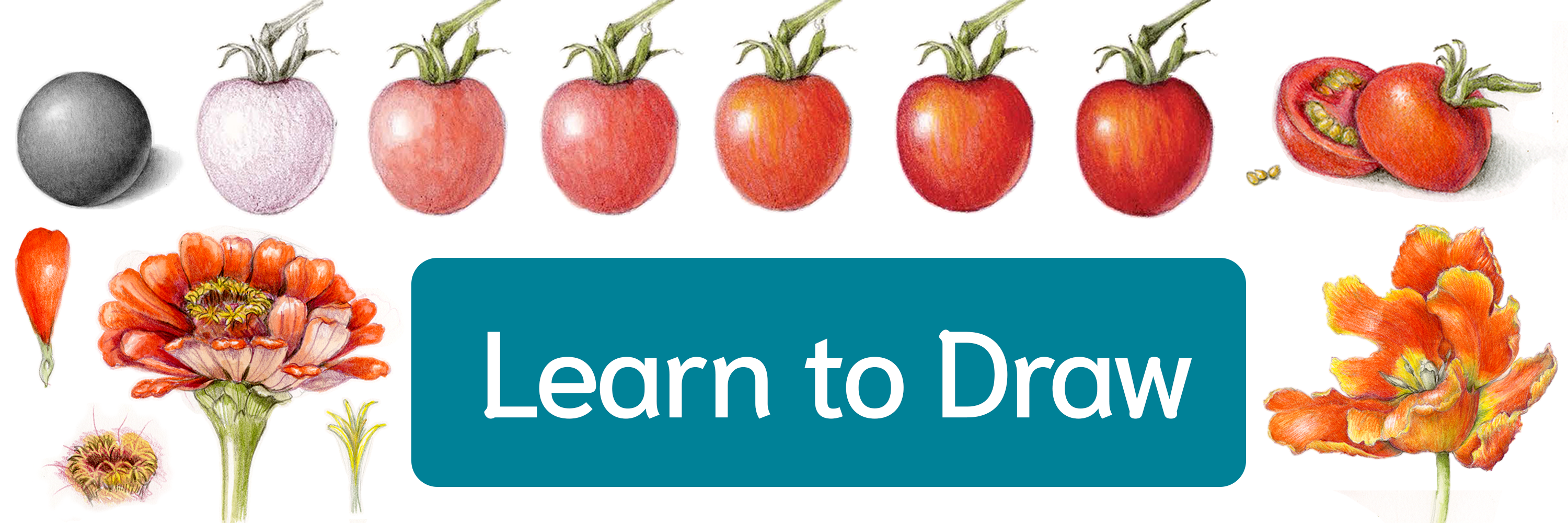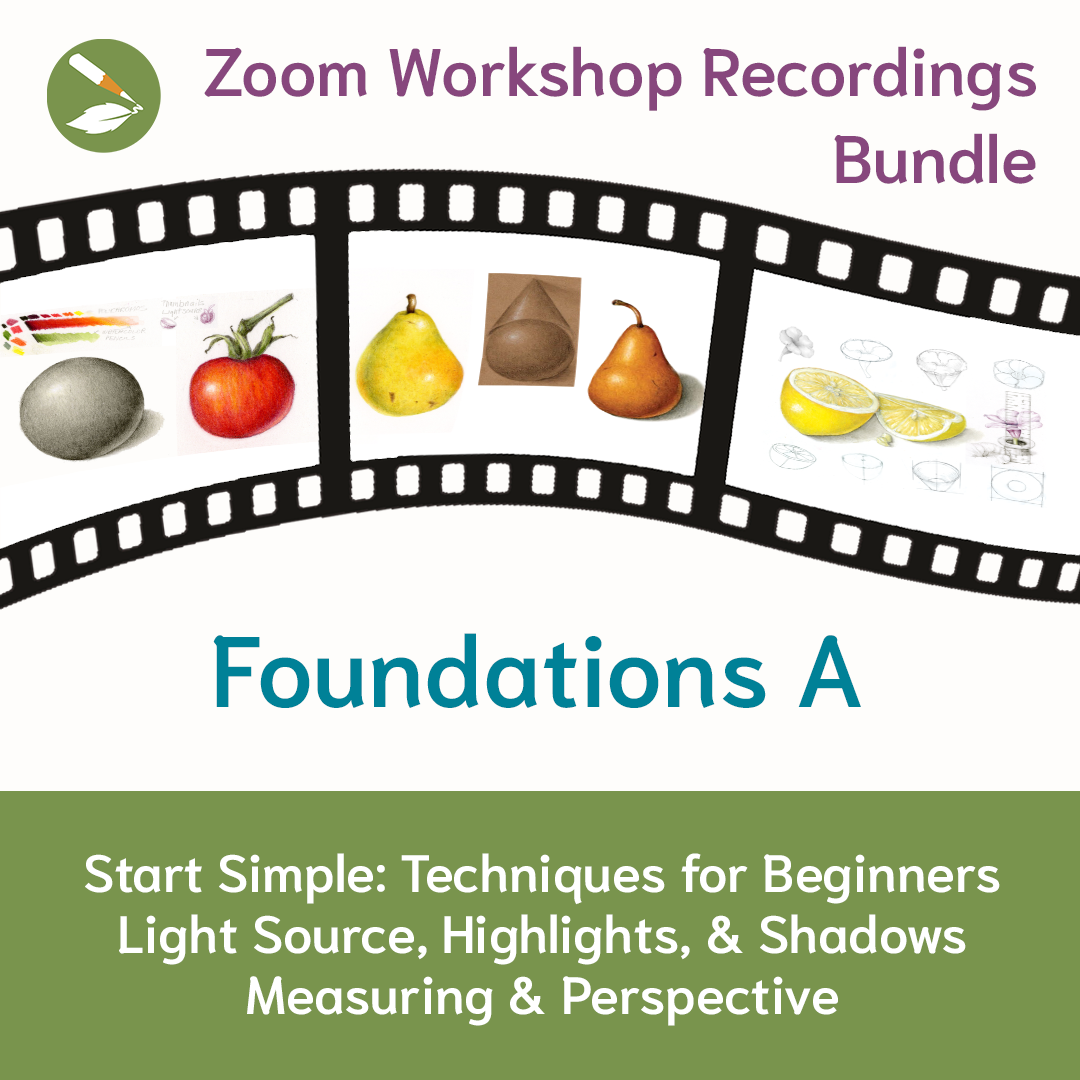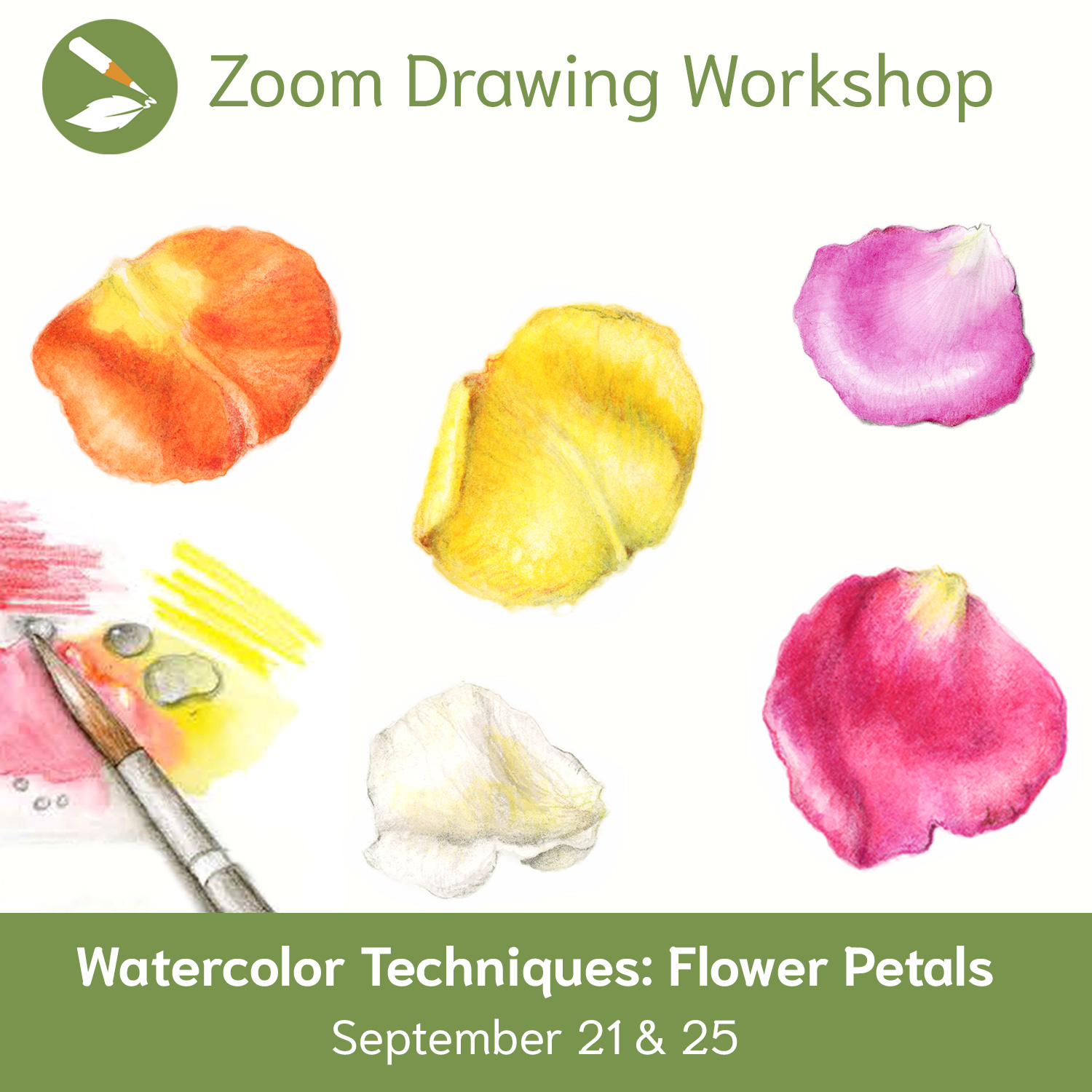A Guide to Many Materials for Creating Botanical Art
List of Art Mediums for Nature Drawings and Other Art Forms
Different artists prefer working with different materials for different reasons. There are SO MANY different art mediums to choose from, it can be hard to know what art supplies would best bring your visions to life. (This page of botanical artists using other media is pretty inspirational.)
When my web search failed to give me a guide that included everything (this Art File Magazine guide came the closest), I decided to compile my own comprehensive list of art supplies and their traits so that you can easily see each medium’s pros, cons, and personality and decide which is right for your next project!
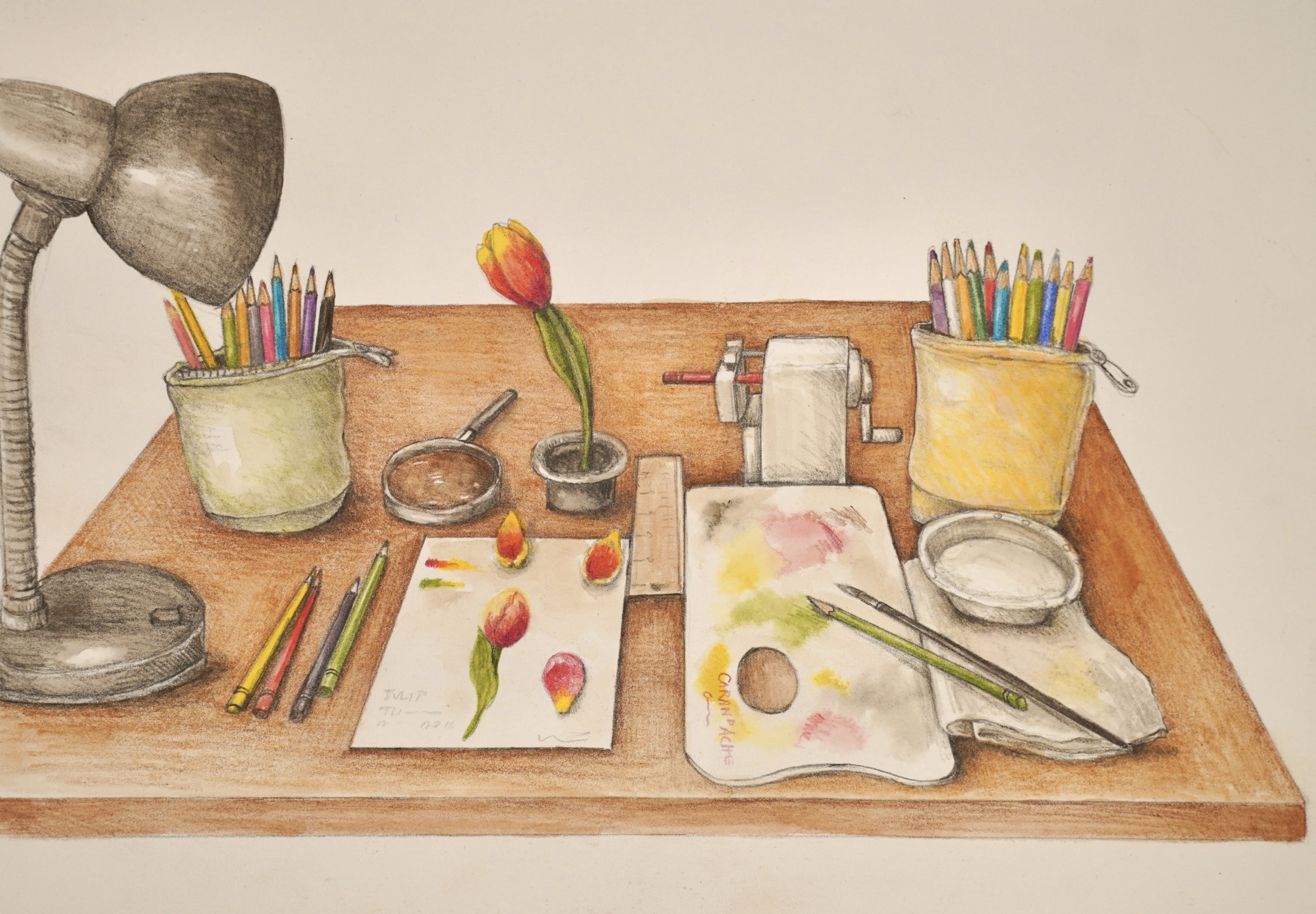
The Practice of Botanical Drawing teaches a combination of fundamental 3D art concepts and colored pencil and watercolor technique, so if you want to try other mediums, you can skip the supplies-specific tips and still learn a lot about art basics including perspective, light source, composition, etc. Post photos of your work to the Art Feed to get positive, personalized feedback from talented instructors to help you improve.
Here’s a summary of some of the most popular techniques and art supplies to use for botanical drawings. Explore the ones that interest you! Try them on their own, and try combining them for a fun experiment. There is no “wrong” way to make art. Don’t worry about the results; just enjoy the creative process, and you’ll be surprised by what you can do!
Types of Art Supplies
. Drawing
. Painting
. Mixed Media
. Digital
. 3D / Sculpting
This post focuses mainly on materials we use to create art, not materials upon which we create that art. If you’re interested, find our favorite papers here.
DRAWING
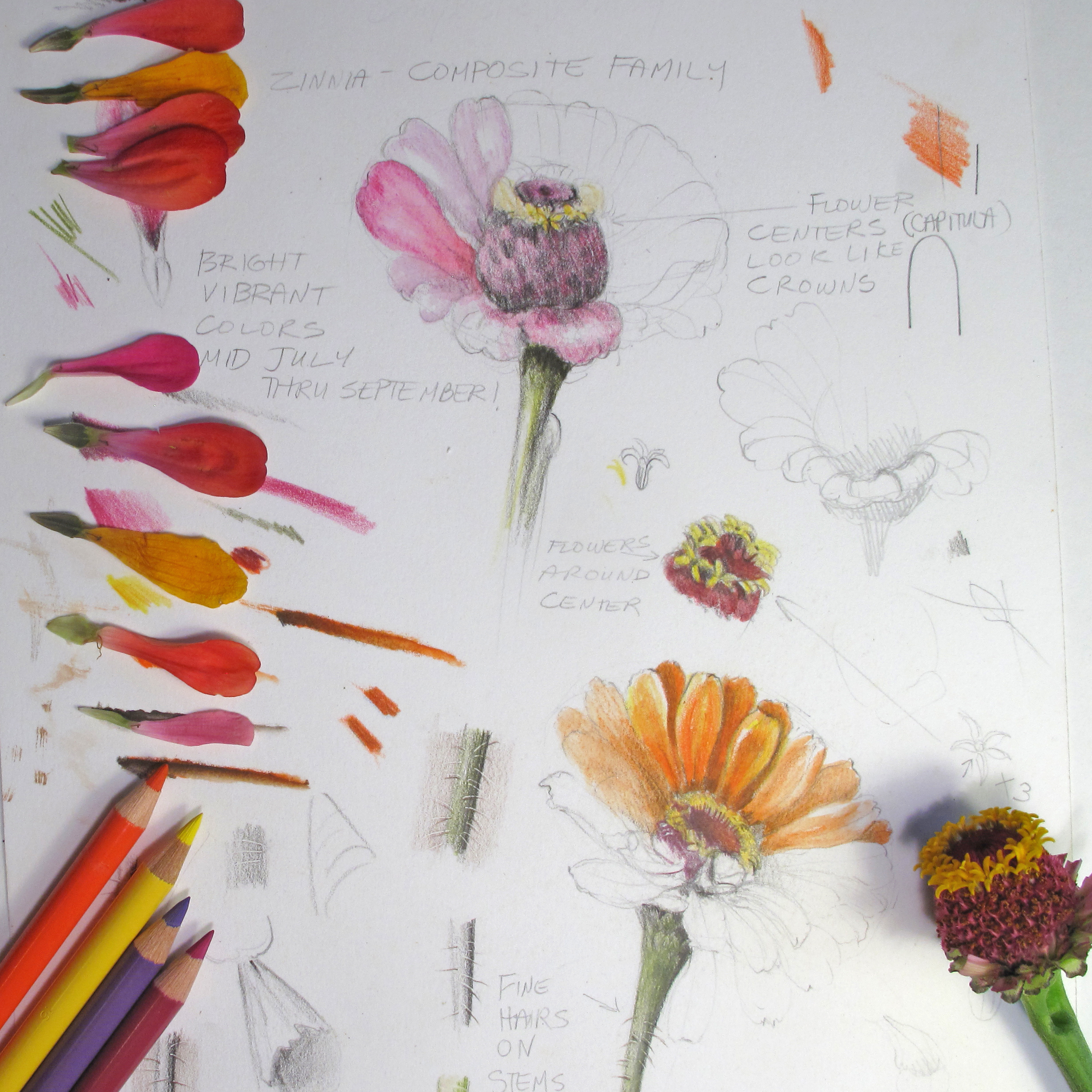
+ Colored pencils
– Versatile, Portable, Vibrant
– Seamlessly blend colors and create texture
– Layer colors to create depth and dimension
– Good for intricate details (need a good pencil sharpener!)
– Difficult to cover large areas
– Learn more about colored pencils here
We have spent many years drawing with colored pencils, and Faber-Castell Polychromos Colored Pencils and Albrecht Durer Watercolor Pencils are our favorites. (Click here to find out why!)
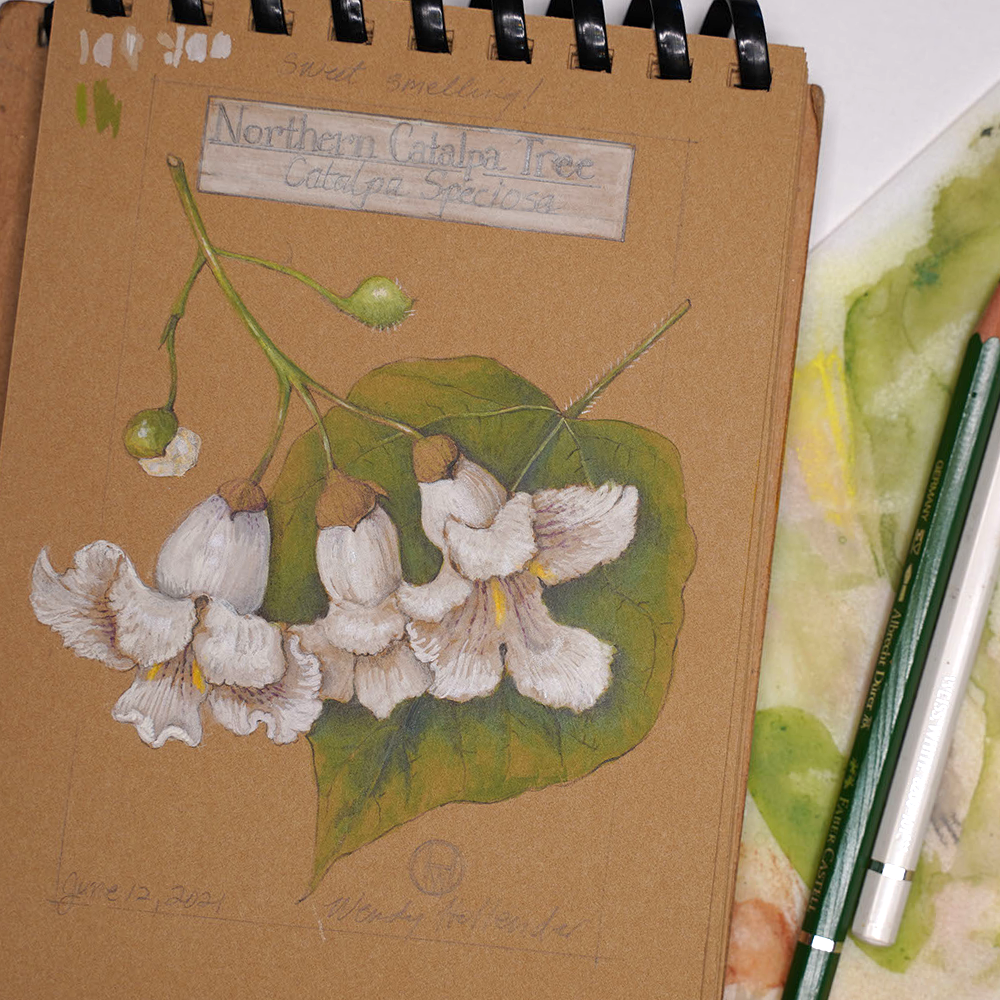
+ Watercolor pencils
– Versatile
– Can give a watercolor paint effect
– Works well with other mediums
– OUR FAVORITES: Faber Castell offers Albrecht Durer Watercolor Pencils in the same colors (and for the same price!) as their Polychromos Colored Pencils, so you only need to learn your colors once!
– Need watercolor paper if using wet techniques
– Learn more about watercolor pencils here

+ Graphite
– Smooth, Versatile, Portable
– Good for learning about using a light source with a complete range of values from dark to light
– Great for practicing how to draw different views of flowers quickly.
– B pencils are softer and good for darker and thicker lines
– H pencils are harder and good for thin, light lines and sketches and technical drawings
– Smudges easily (needs fixative spray to prevent smudging after they are finished)
– Easier to use (and erase mistakes) and less messy than paint and charcoal
– Learn more about graphite here
+ Charcoal
– Intense, Versatile, Raw
– Easy to blend, shade, and erase, but also easily smudged or rubbed off accidentally (requires fixative when finished)
– Use on various surfaces including paper, fabric, and skin
– Learn more about charcoal here
+ Conté (Graphite or Charcoal combined with Clay)
– Velvety finish, but smudges easily (needs fixative spray to prevent smudging after they are finished)
– Historically used as a substitute for graphite before graphite pencils, but today they also come in crayons!
– Learn more about conté here

+ Chalk
– Soft, Crumbly
– Blends easily
– Requires fixative when finished
– Learn more about chalk here
+ Pastels
– Soft pastels used for smudging, colors are wonderfully intense, but they crumble very easily
– Hard pastels create more defined lines, color is less intense, but they don’t crumble or break as easily
– Oil pastels produce more vibrant colors, similar to oil paints, won’t crumble, smudge, or release airborne dust, more stable, don’t require fixative, but they never completely dry, so safe transport can be a hassle; not great at blending, aren’t compatible with other pastel types, difficult to get fine details
– “Water pastels are more transparent but blend easier than oil pastels and work well with other mediums”
– Pan pastels can be applied with a sponge or brush for various effects, easy to blend, compatible with other art mediums and surfaces, less messy than soft pastels
– Dry pastels require a fixative when finished
– Can be messy
– Learn more about pastels here

+ Inks
– Graphic ink pens are great for illustrations
– Fountain pens are ideal for calligraphy
– “Available in many different colors, opacities, and finishes, including metallics, watercolor, alcohol, and regular pot inks”
– Works well with other mediums and on multiple surfaces
– Can be expensive
– Unforgiving, cannot erase
– Learn about scratchboard technique here
– Find helpful pen and ink tips and techniques here
– Learn more about inks here
+ Markers
– Highly versatile, many different vivid colors and finishes to layer and blend
– Great for sketching and details (but unforgiving, cannot erase)
– Mainly paint-based or ink-based (liners, alcohol markers, brush-tip markers)
– Can have an odor
– Learn more about markers here, including the differences between their various tip shapes and dyes
PAINTING
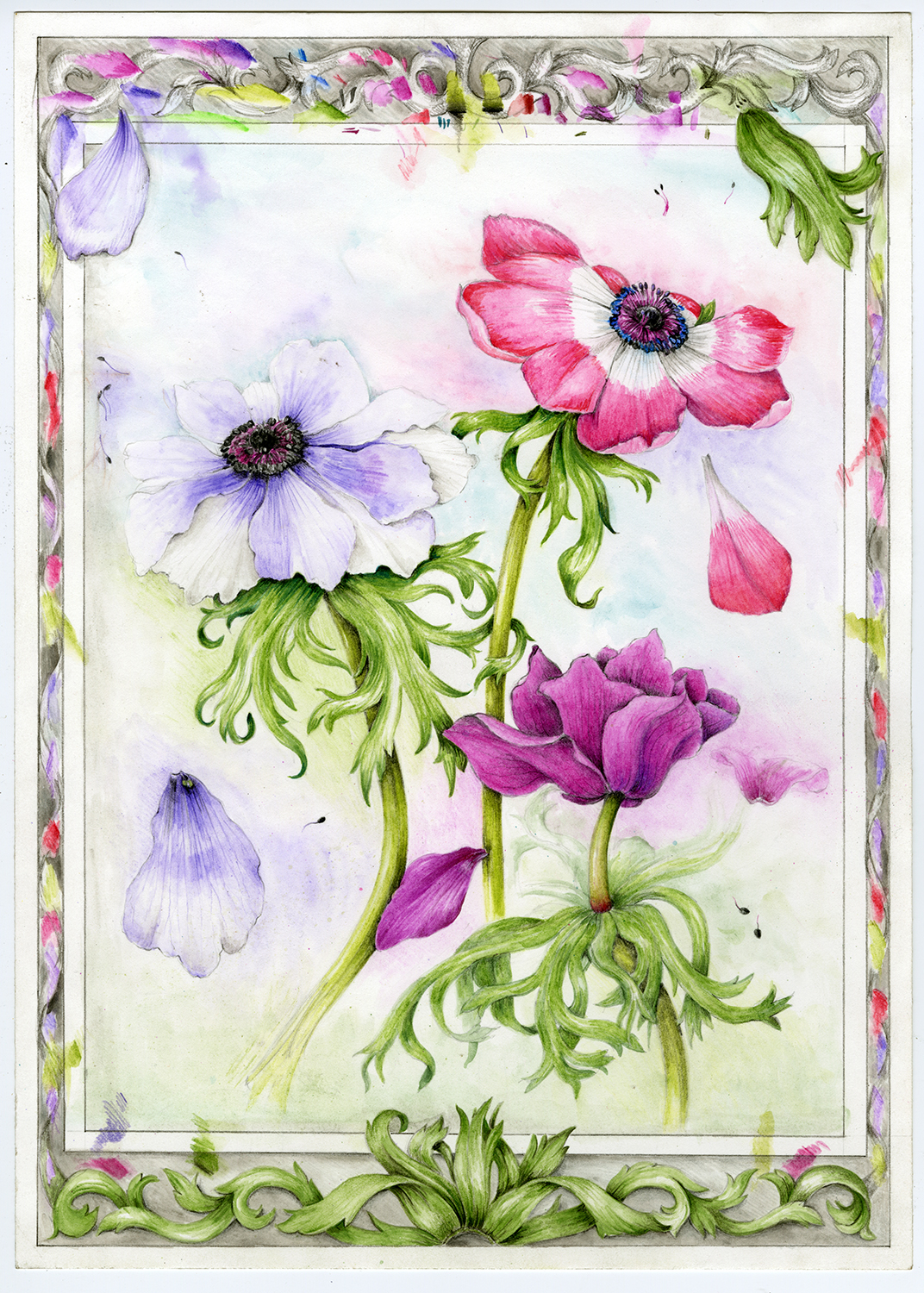
+ Watercolor
– Find helpful watercolor technique tips here
– Emotional, Transparent, Whimsical
– Fast-drying (work quickly!)
– Build up color with layers (must completely dry in between)
– Use on watercolor paper (cotton, thick enough to not disintegrate or warp with water)
– Great for blending colors
– Sheer effect (never completely opaque)
– Come as watercolor pencils, semi-dry pans, or paint tubes
+ Tempera
– Vibrant, Intense colors, Fast-drying
– “Is an art medium but is also an art style characterized by linear textures with sharp edges, intricate details, and warm bold colors”
– “Can only be used in a thin layer so do not possess the same depth of color as these other painting mediums”
– Often used for detailed painting or on porous surfaces like wood or plaster
– Delicate, can crack or flake off over time
– Learn more about tempera paint here

+ Oil
See Wendy’s oil painting portfolio here
– Durable, Steadfast, Classic
– Can be used on various surfaces including canvas, wood, and metal
– Dries slowly (take your time working)
– Easy to blend
– Strong odor and need solvents to clean brushes
– Learn more about oil paint here
+ Acrylic
– Vibrant, Sturdy, Versatile, Durable
– Dries quicker than oil paint, slower than watercolor and is less messy than oil paint
– “Comes in many consistencies and allows you to create various effects, from thick oil paints to flowy watercolors and inks”
– Versatile and beginner friendly
– Difficult to blend
– Learn more about acrylic paint here

+ Gouache
– Thick, opaque
– Vibrant color palette
– Comes as pans and tubes
– Fast-drying
– Can be tricky to layer because “dried gouache is reactivated when wet paint is layered on top”
– Learn more about gouache here
+ Encaustic (hot wax painting)
– Applied to wood or canvas with hot metal tools
– Durable, very long-lasting
– Does not involve solvents or harsh fumes like oil paints
– Hard to work with (because it must remain hot!)
– Can be expensive (requires heating equipment)
– Learn more about encaustic paint here
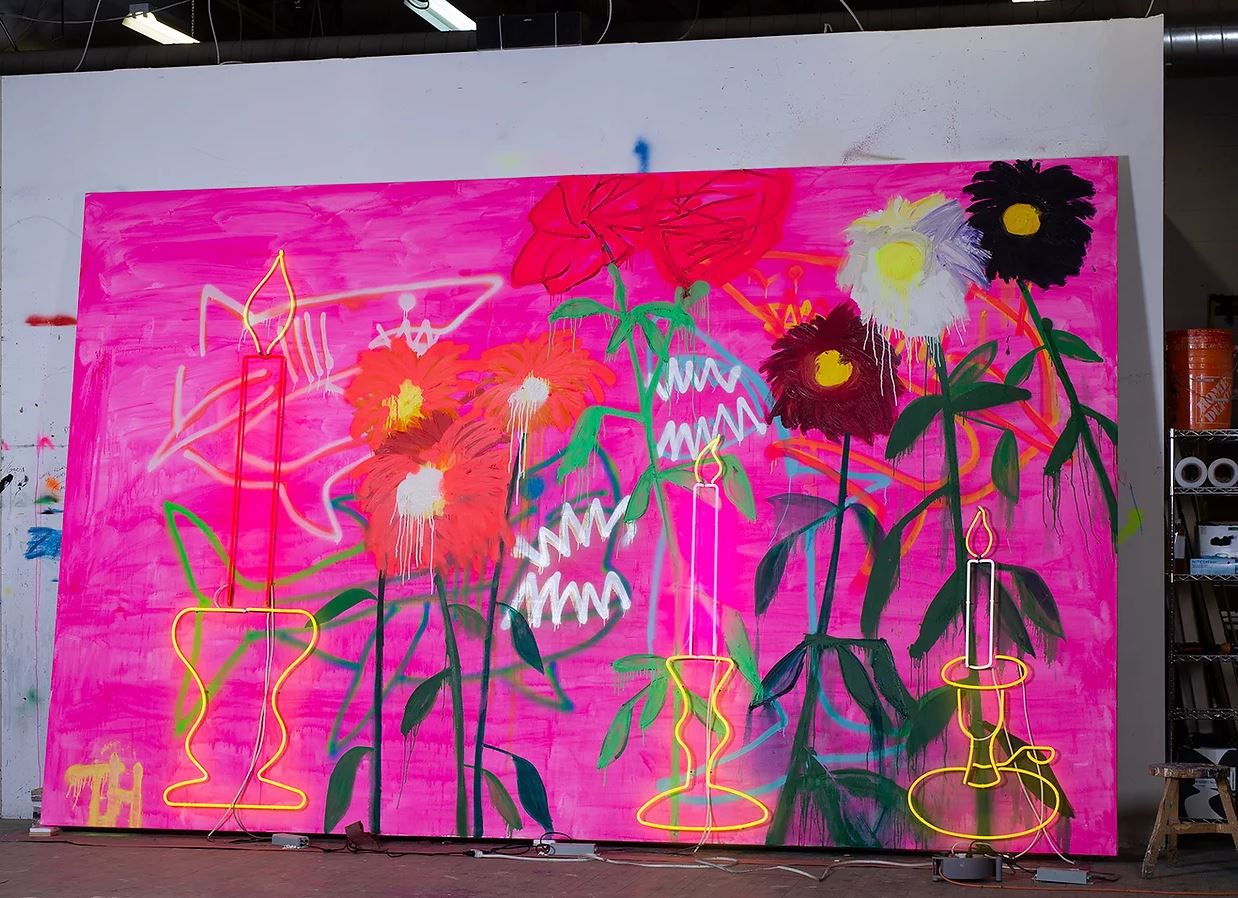
+ Spray paint
– Simple to use
– Inexpensive and widely available
– Strong odor and fumes
– Difficult to remove
– Learn more about spray paint here
MIXED MEDIA
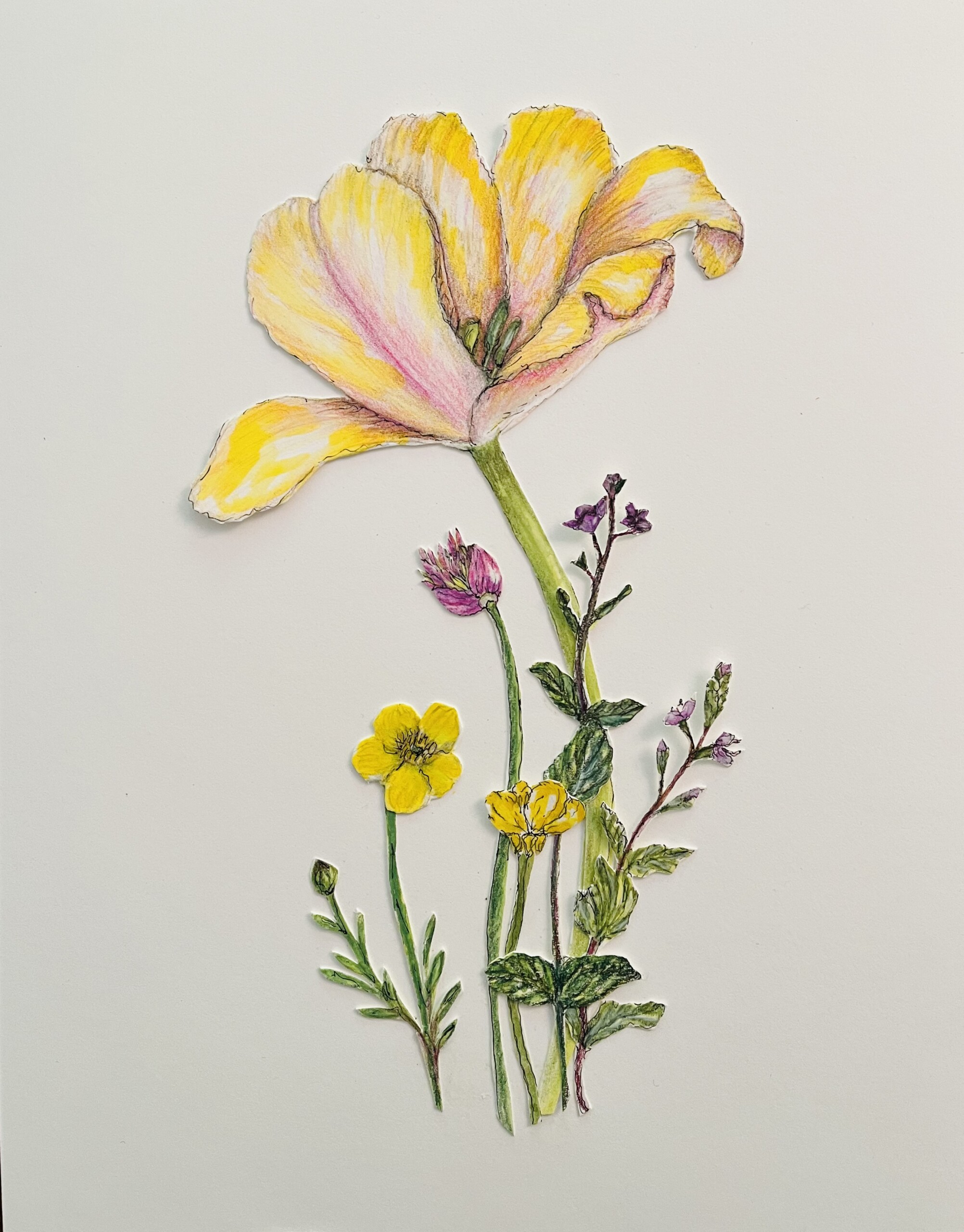
Sheila is a vital and active member of our community! She draws her subjects, then she cuts them out, arranges them, and glues them down. We love how Sheila takes our lessons and adds her own spin. Check out Sheila’s portfolio here.
Also check out this cool page about botanical artists using other media.
+ Assemblage
+ Collage
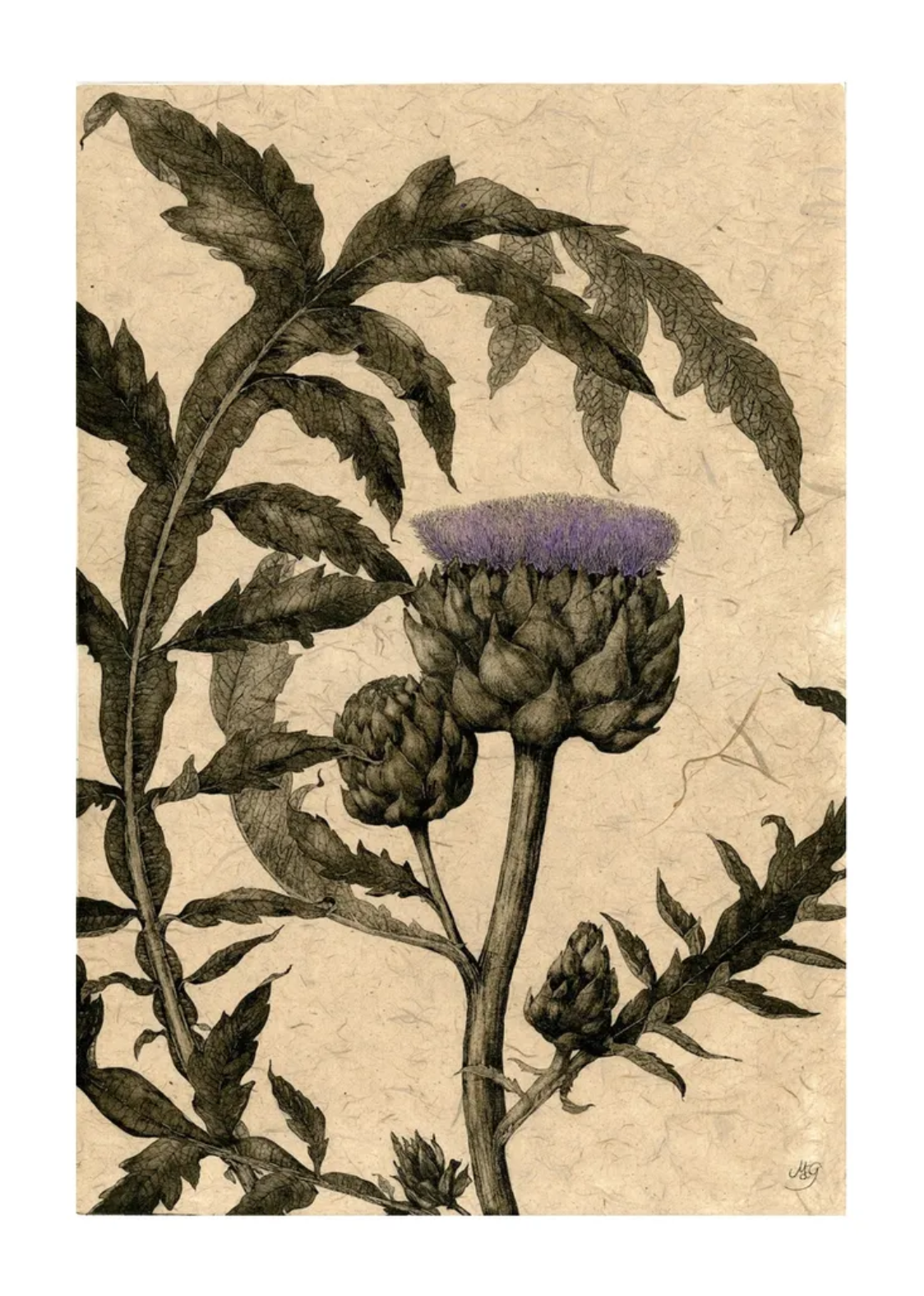
+ Found objects
+ Printmaking – Etching and Linoprinting
+ Lithography
Lithography is a “printmaking process in which a design is drawn onto a flat stone (or prepared metal plate, usually zinc or aluminum) and affixed by means of a chemical reaction.” Learn more about the process of lithography here.
Wendy experimented with hand-coloring her botanical lithographs! See Wendy’s experiments in lithography here.
DIGITAL

+ Digital photography
– Learn about digital photography here
+ Graphic art
– Includes printmaking styles, typography, pattern arrangements, computer-manipulated design
+ Digital painting and illustration
+ Digital installation art
– Using digital equipment such as computers, projectors, and sensors, digital installation artists create immersive environments that combine sound, visuals, and physical objects.
3D / SCULPTING
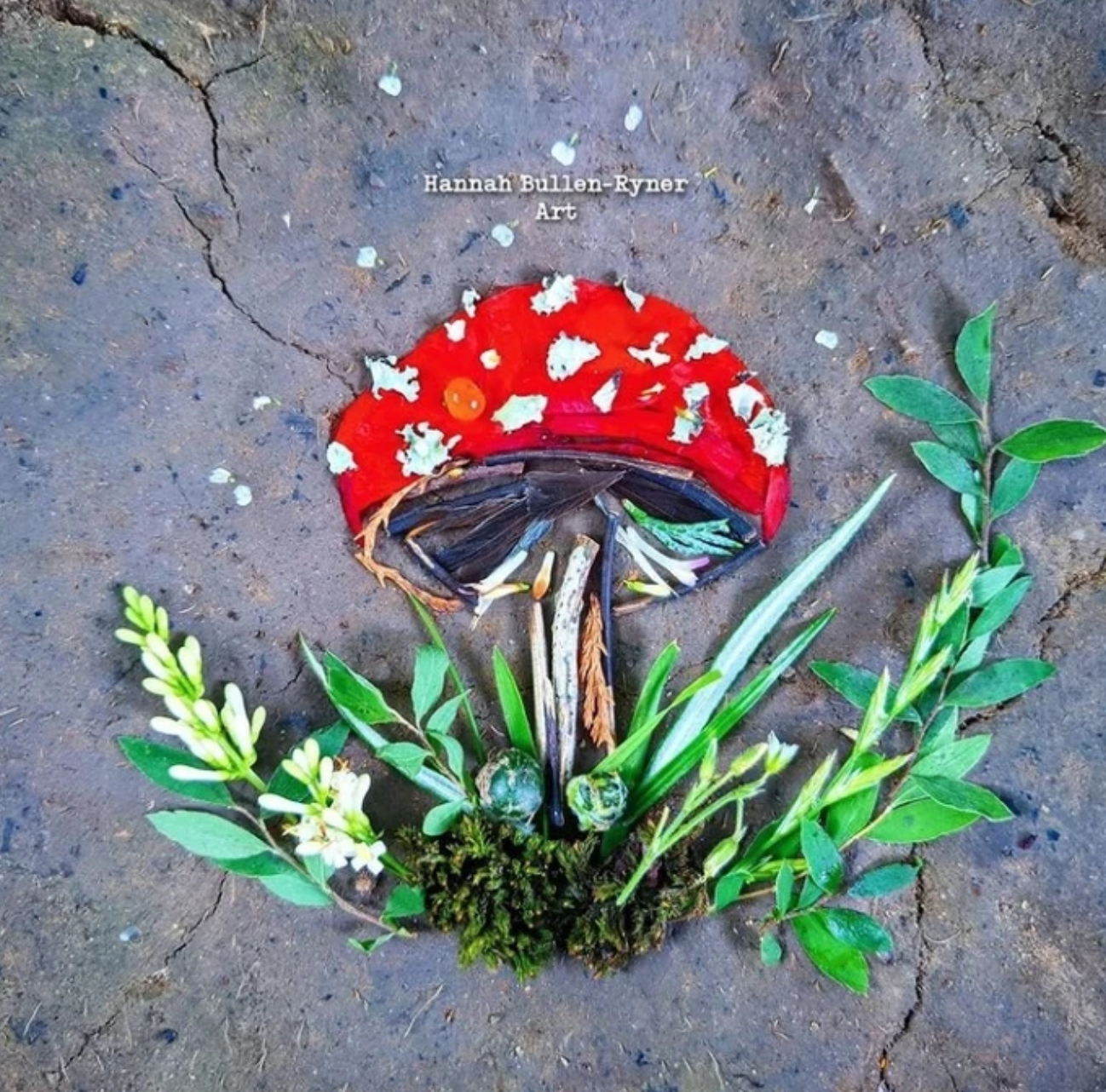
+ Landart
– ‘Landart’ refers to ephemeral art made from foraged natural materials. Hannah Bullen-Ryner creates fleeting ground sculptures using botanicals as her brushstrokes!
+ Clay / Pottery
+ Wood
+ Stone
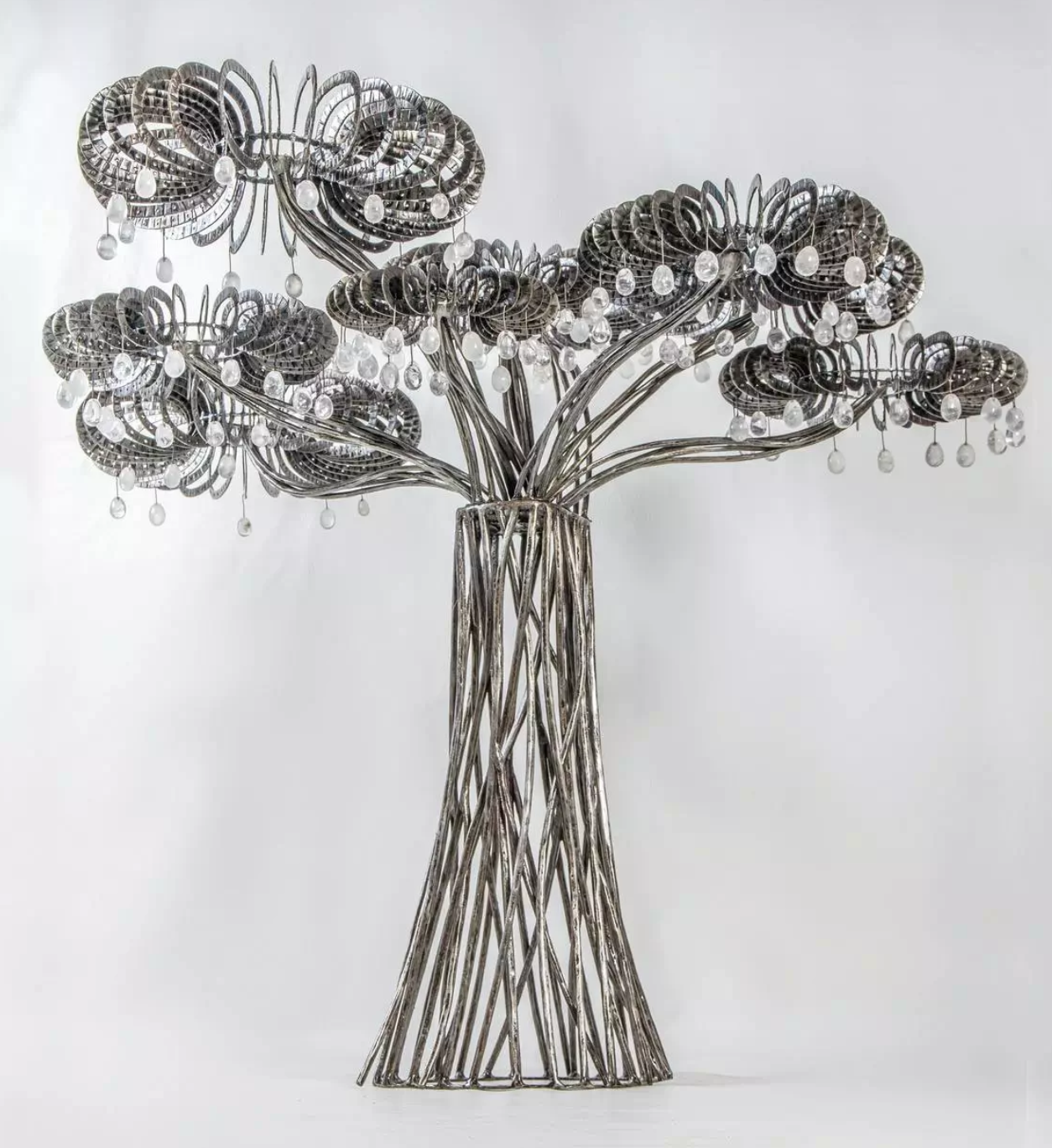
+ Metal
+ Plaster
+ Paper
+ Silicone
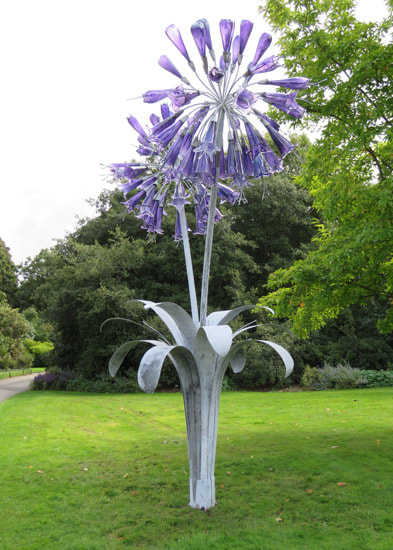
+ Plastics
+ Glass
+ Resin
+ Foam

+ Embroidery and Needlework
+ Fabrics
+ Ice
+ Tattoos

Want to know more?
Brighten the world with your creations. Share your unique perspective by developing your own style and focus.
The Practice of Botanical Drawing lessons are a great template to work from, full of drawing tips, but still allowing freedom for you to add your own spin.
We delight in sharing our creations on the Art Feed!
Join any of our subscription programs (Botanical Basics, The Practice of Botanical Drawing, or Community) for access to the Art Feed, your own virtual Portfolio, our live monthly Webinars, celebrating everyone’s work each month. Find out here what those community perks really mean and how we are here to help you

